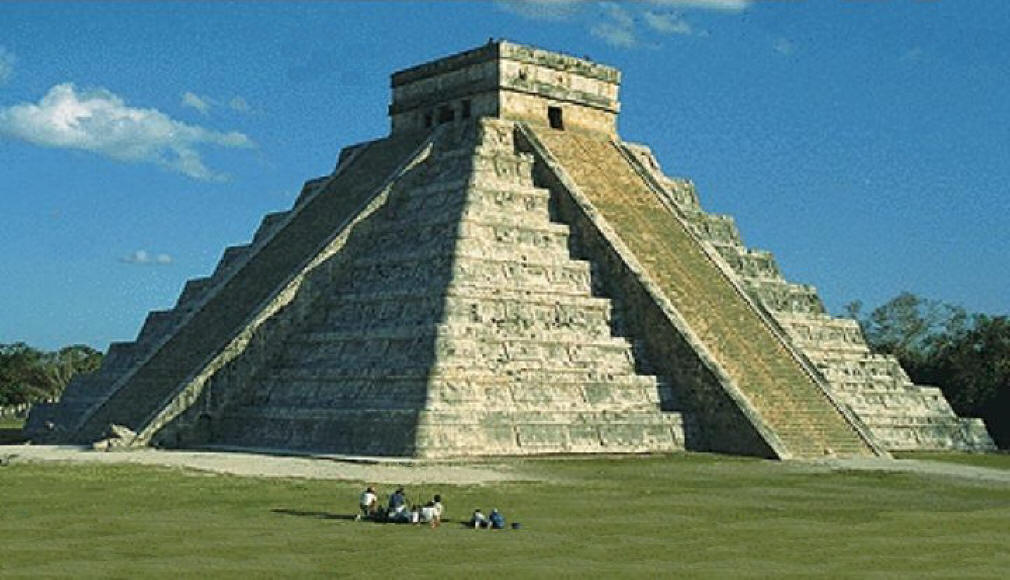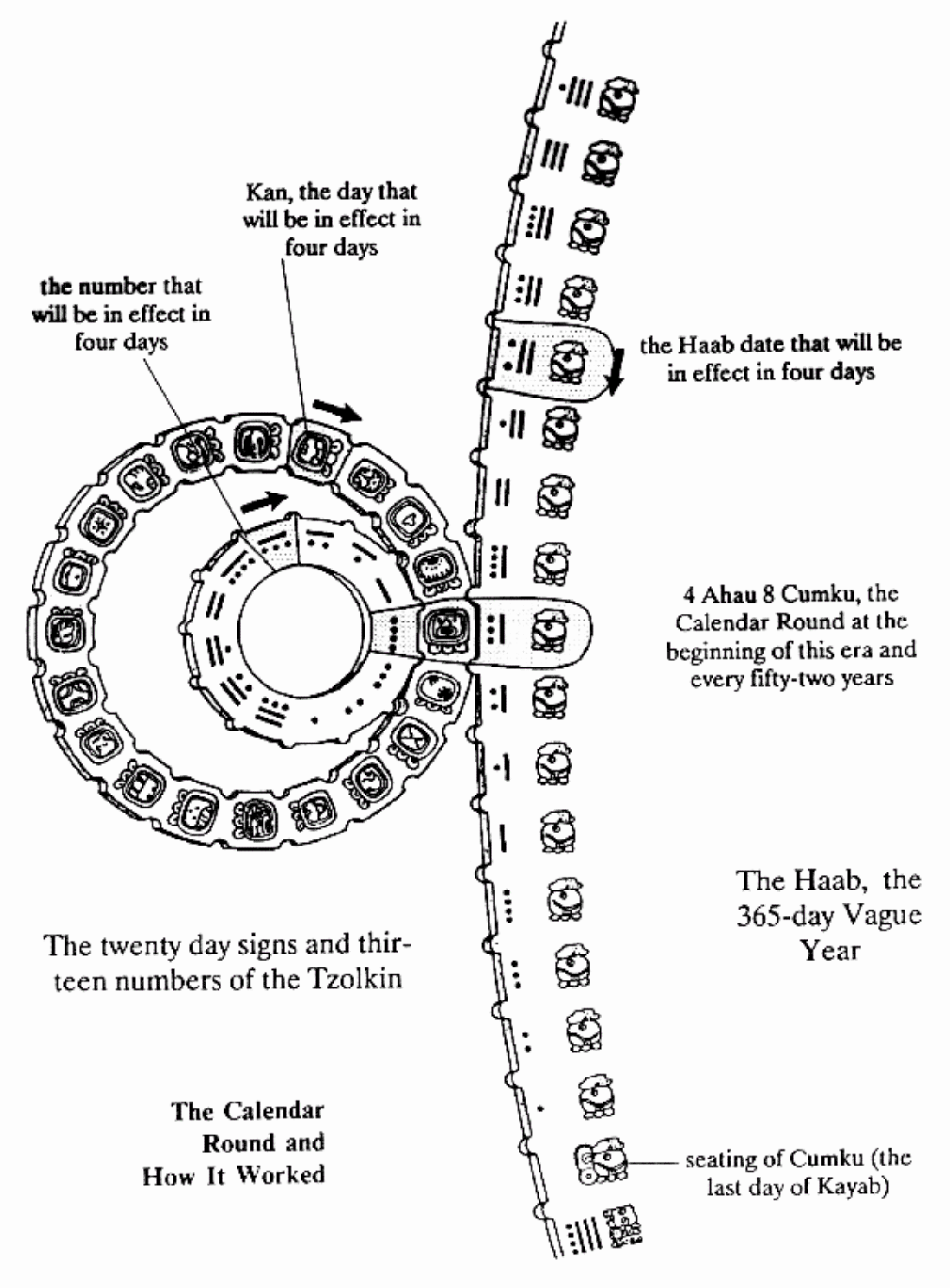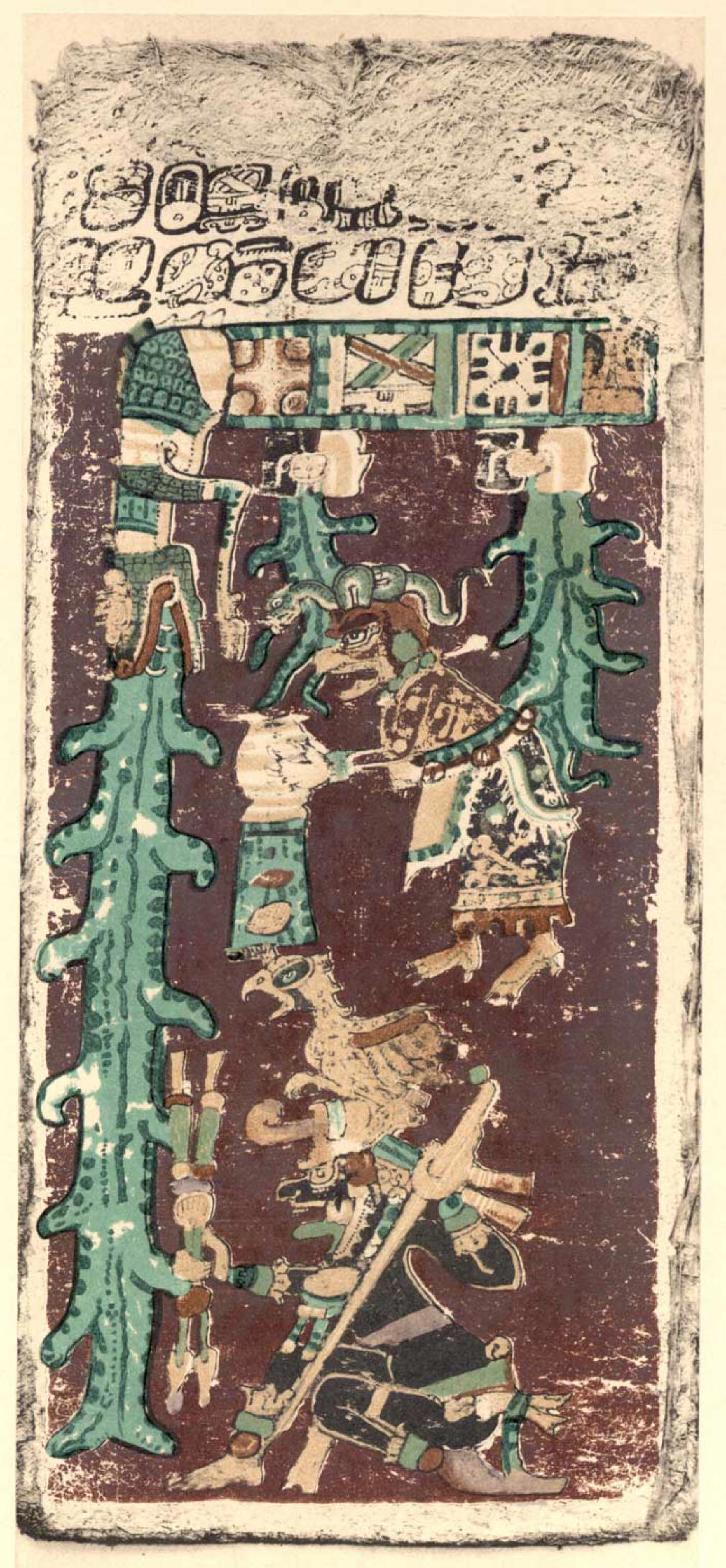
ANCIENT MAYANS 


The Mayan Calendar Starts in 3114 BC and end 5125 years later in 2012 The Maya is a Mesoamerican civilization, noted for the only known fully developed written language of the pre-Columbian Americas, as well as its art, architecture, and mathematical and astronomical systems. Initially established during the Preclassic period (c. 2000 BC to 250 AD), many Maya cities reached their highest state development during the Classic period (c. 250 AD to 900 AD), and continued throughout the Postclassic period until the arrival of the Spanish. At its peak, it was one of the most densely populated and culturally dynamic societies in the world.
The Maya civilization shares many features with other Mesoamerican civilizations due to the high degree of interaction and cultural diffusion that characterized the region. Advances such as writing, epigraphy, and the calendar did not originate with the Maya; however, their civilization fully developed them. Maya influence can be detected from Honduras, Guatemala, El Salvador and to as far as central Mexico, more than 1000 km (625 miles) from the Maya area. Many outside influences are found in Maya art and architecture, which are thought to result from trade and cultural exchange rather than direct external conquest. The Maya peoples never disappeared, neither at the time of the Classic period decline nor with the arrival of the Spanish conquistadores and the subsequent Spanish colonization of the Americas. Today, the Maya and their descendants form sizable populations throughout the Maya area and maintain a distinctive set of traditions and beliefs that are the result of the merger of pre-Columbian and post-Conquest ideologies (and structured by the almost total adoption of Roman Catholicism). Many Mayan languages continue to be spoken as primary languages today; the Rabinal Achí, a play written in the Achi' language, was declared a Masterpiece of the Oral and Intangible Heritage of Humanity by UNESCO in 2005.
Uniquely, there is some evidence to suggest the Maya appear to be the only pre-telescopic civilization to demonstrate knowledge of the Orion Nebula as being fuzzy, i.e. not a stellar pin-point. The information which supports this theory comes from a folk tale that deals with the Orion constellation's area of the sky. Their traditional hearths include in their middle a smudge of glowing fire that corresponds with the Orion Nebula. This is a significant clue to support the idea that the Maya detected a diffuse area of the sky contrary to the pin points of stars before the telescope was invented.Many preclassic sites are oriented with the Pleiades and Eta Draconis, as seen in La Blanca, Ujuxte, Monte Alto, and Takalik Abaj.
The Maya were very interested in zenial passages, the time when the sun passes directly overhead. The latitude of most of their cities being below the Tropic of Cancer, these zenial passages would occur twice a year equidistant from the solstice. To represent this position of the sun overhead, the Maya had a god named Diving God.
The Dresden Codex contains the highest concentration of astronomical phenomena observations and calculations of any of the surviving texts (it appears that the data in this codex is primarily or exclusively of an astronomical nature). Examination and analysis of this codex reveals that Venus was the most important astronomical object to the Maya, even more important to them than the sun.
|





